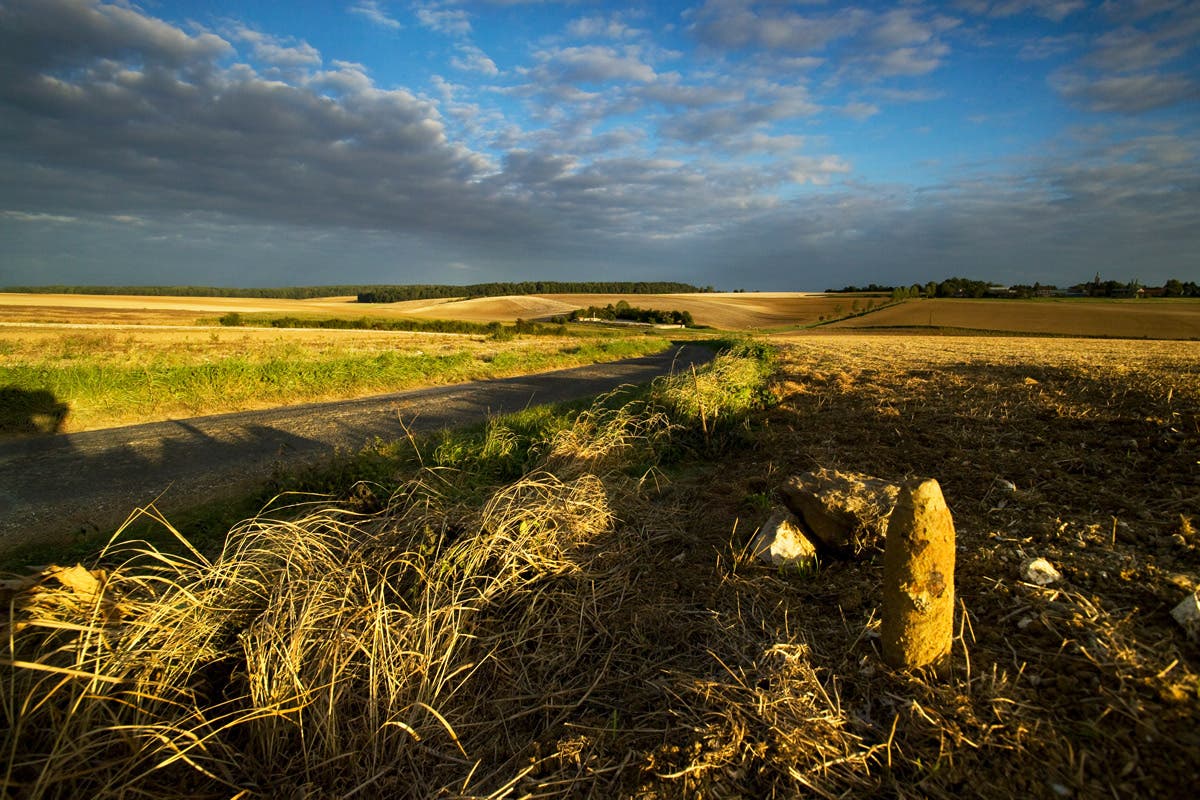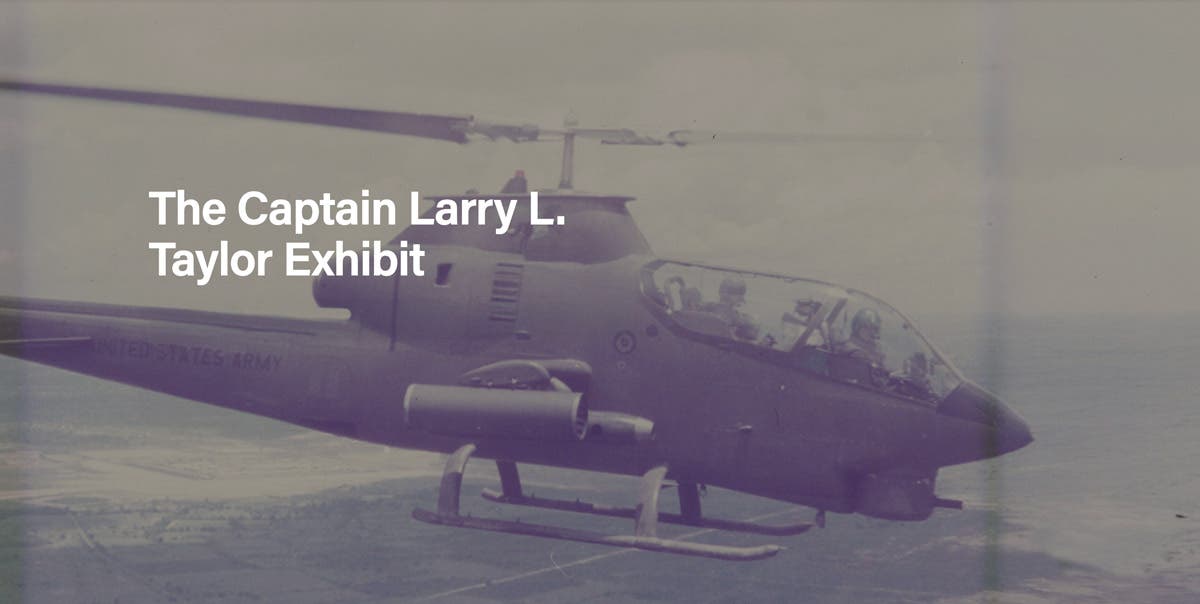Does the Historic Military Vehicle hobby need a “Field Class?”
Restored, Master Class, Motorpool…What about a judging class for those who drive, modify, and use their military vehicles
Judging categories increase interest in the hobby
Many years ago, I had scrubbed up my 1943 Dodge WC-56 Command Car, and loaded the tool kit, manuals, first aid kit, and other items shown in the TM and drove it off to the expo center to enter it in the Motor Pool Ready Class at the annual MVPA Convention. I had purchased the Dodge from a friend that had gone through the brakes, drive train, and painted it — just a simple “freshening” to assure it was road-worthy.
My buddy had purchased it from a veteran’s service organization. He had the vehicle’s history from military service to the vets group. They had used it for parades and publicity. The local National Guard facility’s motor pool maintained the Dodge for them. For whatever reason, the Command Car fell into disuse and remained an obstacle in their building. So they sold it to my buddy, who sold it to me.
To my dismay at that first showing of my WC at the Convention, the judges for the motor pool class down-checked the Dodge for having components of an M37 exhaust system and an M37 throttle handle (yes, installed by the military motor pool). Lesson learned: Become familiar with the judging evaluation criteria.
HISTORIC MILITARY VEHICLE JUDGING CLASS FOR THE REST OF US?
I look in awe at the finely restored vehicles in the Master Class. Many of these, I’m sure, are in higher grade condition than when they rolled off the assembly line! Some restorations are even equal to those found at a concours d’ Elegance event. Although I admire these, my farm kid/army-in-the-field/wildland wildfire background demands that my historic military vehicles (HMVs) serve a higher purpose: Use them as they were meant to be driven, not hauled to sunny day events on a trailer. In the past 20 years, I put nearly 50,000 on my HMVs.
Declining membership — or lack of significant growth — in collector organizations seems to be universally problematic. Remedies for that affliction are often discussed, but resolutions seem few to be implemented or marginal in success. Collector organizations tend to have a narrow audience due to nature of varied human interest and a trend for people to stay within the parameter limits of their comfort zone — not willing to accept change. However, there are a small percentage willing to push the envelope, so to speak, and to search out new experiences.
What to do, what to do, what to do? To capitalize and expand our base of interest, to broaden appeal and hereby increase our memberships, perhaps we need to reevaluate our historical mindset and our traditional parameters of our views on our organizational operational protocols. As my brother Dave would say, “Cut the crap and get to it.” Okay, Dave.
Let us maintain our traditional places. We need to continue Master and Restoration Classes. We need to retain the Motor Pool Ready Class. We need to continue to encourage the Display Only segment.
But, we must reach out to a large untapped segment of historic military vehicle owners who refuse to join/participate in our formal organizations because they are unable or unwilling to participate in one of the three aforementioned classes. Theytend to feel excluded by a perceived organizational bureaucracy. Let us take a huge step to open the door for broader participation by establishing a class of HMVs for every day users. Perhaps we could call it the “Field Class.”
PROPOSAL: THE FIELD CLASS AND COMMERCIAL CLASS
If we established a Field Class as another competitive HMV class, we could include vehicles that have been slightly modified from assembly line standards but retain overall original appearance and utility. Examples could include: M43A1 with bunk beds, refrigerator, GPS and AM/FM/CD tape deck; M915A1 with 16:00X20 tires, grill guard, air conditioner and passenger air ride seats; M923A2 with box from a M109A3 converted into a camper unit; M35A3 with lock out hubs, air seats and FRS/GMRS radio; WC-56 with front hubs milled out, Plymouth 230 engine, electric booster fuel pump and tachometer on steering column; or WC-21 with small block Chevy engine, two stage master cylinder and 12-volt electronics; And many vehicles without NOS parts; bolts, nuts, washers, filters, “rubber” gaskets, even fenders, body panels, canvas.
There is another competitive class that perhaps should be considered: a “Commercial Class.”
This class would be military vehicles in public hands that are currently being used for commercial purposes. These could include: Line haul tractors towing pipe trailers; 5-ton cargo trucks with cattle forage feeding boxes; 3/4-ton and 5/4-ton trucks in fire service as brush rigs; fuel and water trucks used in dust suppression; 800 and 900 series dump trucks in gravel crushing yards; or even HMMWVs along the road as billboards.
FIGHT THE DECLINE OF MEMBERSHIP AND PARICIPATION
Let us not just sit back and complain as our membership withers. Let’s develop new strategies, tap into new energy, encourage alternate viewpoints, and eliminate the “No — can’t do that.” Get off the dime! A wonderful example to use as a future template was the extended hours and times encouraging public participation at the recent MVPA Convention at the IX Center in Cleveland.
An aggressive outreach, broad acceptance, and encouraging participation of these slightly modified HMVs in a “Field Class” or “Commercial Class” would broaden the potential audience and result in increased membership in a constricting hobby.
One of my personal expansions of that comfort zone was the opportunity to exercise my HMVs to a greater extent by participation in MVPA transcontinental convoys. There I found a segment of HMV collectors and users, who share my interest and enjoyment in driving our living history. These folks are as a group nearly fanatics in their devotion to the HMV hobby and to minor modification to their vehicles to make them more “user friendly.” No other single event raises more visibility of the hobby, the passion of collecting, restoring, preserving and driving these old vehicles than the public awareness and media interest generated by convoys passing through communities celebrating the reenactment of historic military transportation.
As a fellow convoyer and driver of a slightly modified historic military vehicle has frequently said, “History in Motion —While others can only stand and watch, we live the motto!”
You may also like:
Mark Sigrist was a US Army Vietnam Veteran and a retired USDA Forest Service Forester and Wildland Firefighter. He was a historic military convoy enthusiast who lived his dream in north central Idaho, sharing the land with abundant wildlife and very few neighbors. Unfortunately, our dear friend Mark passed away on 2 August 2020, after a courageous battle against cancer.








